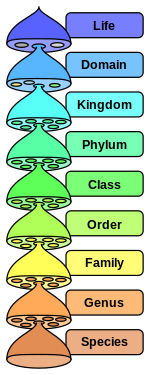Originally posted by Philosopher
View Post
Even vicsinad is not sure about whether he thinks new information has been created or not, then he has the audacity to accuse others of changing definitions.
First he tried to answer my question on how new information is produced by fobbing of a few articles that talk about rearranging existing information and a loss of information. Then he claimed that new information is created from old information, but couldn't explain how, other than to rehash the story of rearranging existing information:
Originally posted by vicsinad
View Post
Originally posted by vicsinad
View Post
Originally posted by vicsinad
View Post
Finally he admits that no new information is created:
Originally posted by vicsinad
View Post






Leave a comment: